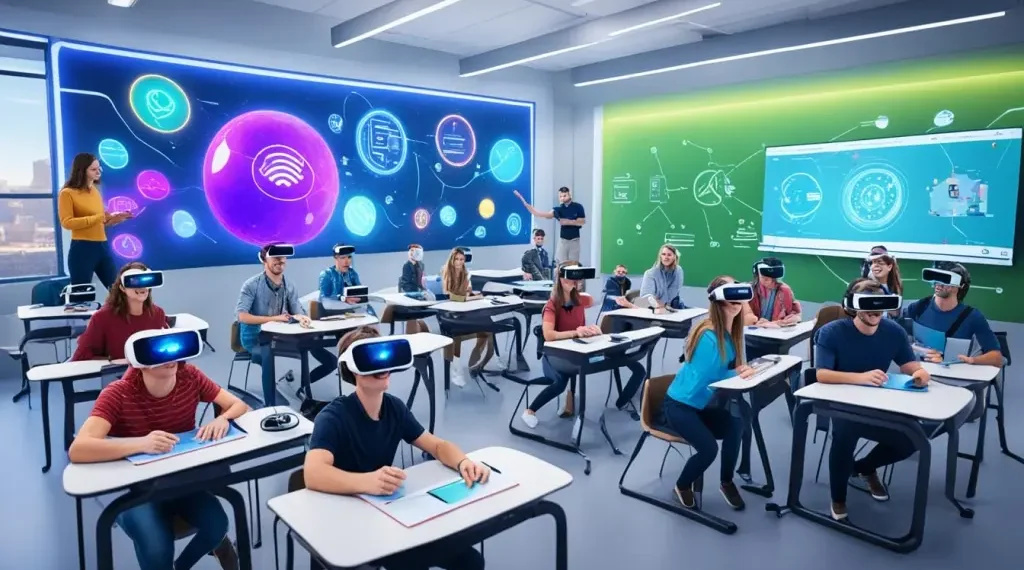In the digital era, education is undergoing a dramatic transformation powered by artificial intelligence (AI). What was once confined to physical classrooms and rigid teaching schedules has evolved into an adaptive, personalized learning experience. At the heart of this change are AI tutors and virtual classrooms—redefining how students learn, teachers teach, and institutions operate.
The Evolution of the Classroom
The traditional model of education, with fixed syllabi and uniform teaching methods, often struggles to meet the diverse needs of individual learners. Enter AI-powered tutors—software programs that simulate human teaching, offering personalized instruction and feedback tailored to each student’s pace and understanding.
Platforms like Squirrel AI in China or Carnegie Learning in the U.S. use machine learning algorithms to analyze student responses, identify knowledge gaps, and adjust lessons accordingly. These intelligent systems can offer multiple explanations for complex concepts, provide instant feedback, and track long-term progress far more efficiently than human teachers alone.
Virtual Classrooms: Beyond Geography
The rise of virtual classrooms has made high-quality education accessible from virtually anywhere. Whether it’s a rural village in India or a city in Europe, students can now participate in real-time interactive sessions with top educators. Tools like Zoom, Microsoft Teams, and Google Classroom were just the beginning. Now, immersive platforms integrated with AI—such as Engageli and Class Technologies—are creating smarter, more engaging digital environments.
These AI-driven classrooms not only deliver lessons but also monitor participation, attention span, and engagement levels. If a student seems distracted, the AI system can prompt a quiz, adjust the difficulty of content, or notify the teacher. This level of interactivity and data-backed insight was unimaginable just a decade ago.
Benefits of Intelligent Education
-
Personalized Learning: AI can customize content based on a student’s strengths and weaknesses, ensuring no one is left behind.
-
24/7 Availability: Unlike human teachers, AI tutors are available anytime—ideal for homework help or late-night study sessions.
-
Scalability: One AI tutor can assist thousands of students, making it easier to scale education solutions for under-resourced regions.
-
Data-Driven Insights: Teachers and parents receive detailed reports on performance, behavior, and progress.
Challenges to Consider
Despite its promise, AI in education comes with hurdles. Data privacy, algorithmic bias, and over-reliance on technology are serious concerns. Not all students have equal access to devices or stable internet, which can widen the digital divide. Additionally, emotional and social learning—key aspects of human development—still require human touch and peer interaction.
The Future of Learning
AI tutors and virtual classrooms are not here to replace human teachers but to empower them. By automating repetitive tasks and offering individualized support, teachers can focus on mentoring, creativity, and emotional intelligence—roles machines can’t yet replicate.
As the world embraces intelligent education, the goal should be clear: to build an inclusive, adaptive, and equitable learning environment for every learner, everywhere.










